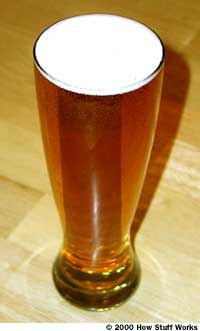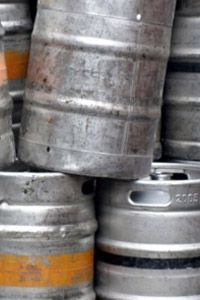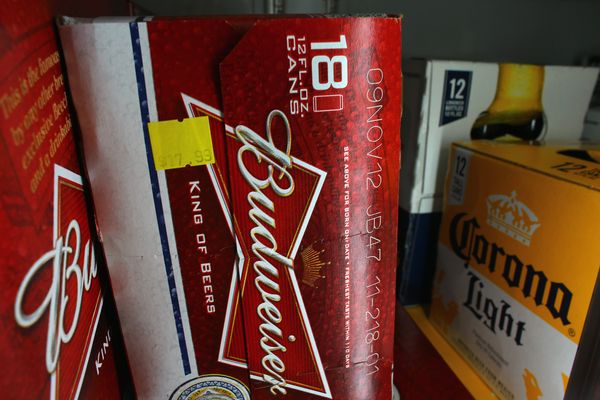Have you ever wondered what "malt" really is, and how you get malt from barley? And what about hops, and why do we need yeast? Barley, water, hops and yeast -- brewers combine these four simple ingredients to make beer.
But it's not just a matter of mixing the right amount of each ingredient and voila!...you have beer. A complex series of biochemical reactions must take place to convert barley to fermentable sugars, and to allow yeast to live and multiply, converting those sugars to alcohol. Commercial breweries use sophisticated equipment and processes to control hundreds of variables so that each batch of beer will taste the same. In this article, we'll learn how events like Prohibition and World War II influenced the taste of the beer we still drink today. Then we'll take a tour through a regional brewery, the Carolina Brewing Company, to learn how they make beer, picking up some of the amazing technology and terminology of beermaking along the way.
Advertisement
People have been brewing beer for thousands of years. Beer especially became a staple in the Middle Ages, when people began to live in cities where close quarters and poor sanitation made clean water difficult to find. The alcohol in beer made it safer to drink than water.
In the 1400s in Germany, a type of beer was made that was fermented in the winter with a different type of yeast. This beer was called a lager, and, in part due to Prohibition, a variation of this type of beer is dominant in the United States today.
For 13 years, starting in 1920, a constitutional amendment banned the production of alcoholic beverages in the United States. Before Prohibition, America had thousands of breweries producing many different types of beer. But Prohibition forced most breweries out of business. By the time the laws were repealed in 1933, only the largest breweries had survived. These breweries sought to brew a beer with universal appeal so that it could be sold everywhere in the country. And then came World War II. With food in short supply and many of the men overseas, breweries started brewing a lighter style of beer that is very common today. Since the early 1990s, small regional breweries have made a comeback, popping up all over the United States, and variety has increased.
In the next section, we'll take a closer look at the ingredients of beer.



